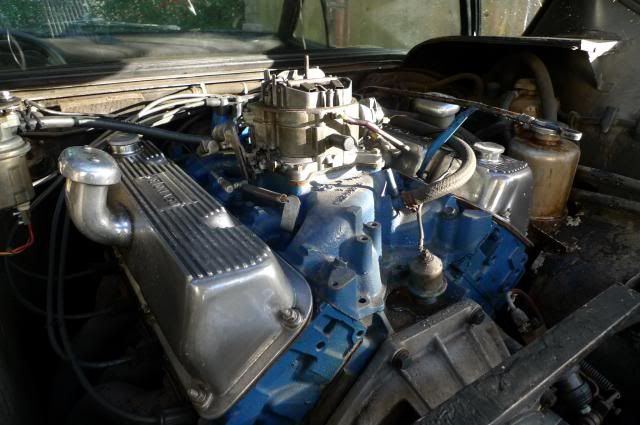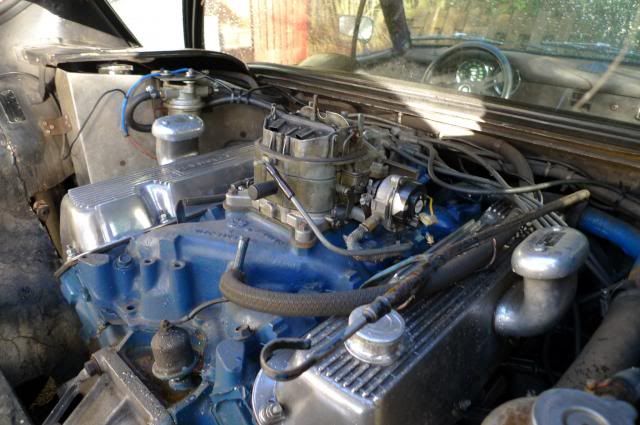My pant era 3840 is now in england after its trip across the sea from New York.
only a little damage to the rear panel and £300 to repair, tried to start the car, but with difficulty, an electric pump had been fitted some long time ago, a quality vane pump costing $220+
this was still there but redundant and a much smaller electric pump just hanging over it, hanging loose and a small glas filter in circuit. The engine did start ( I don't know if there is an auto choke ETC ETC) but I was really pleased with it firing up. I then noticed the fuel piping was absolutely shot and dangerous in fact. I removed the expensive pump and took the top off it the shaft was stuck I think from lack of use and after turning it several times mechanically it spun when 12v applied.
new hoses fitted and with this good pump also now working I tried to start it, again being new to these cars I pumped the throttle a few times ( Air filter not fitted ) and away she started, roughly though, I stopped the engine climbed out to have a look and the carb, a ford item, was swimming in fuel! I carefully cleared the petrol away, and tried again and she started right up with NO leaks this time. Naturally I wondered why the top of the engine was awash with fuel, fire is just a thought that I am too well aware.
Any ideas please and can anyone please explain the difference in the European engine to the US version, so I can check which I have. I suppose I should fit a new carb to be on the safe side.
Original Post



